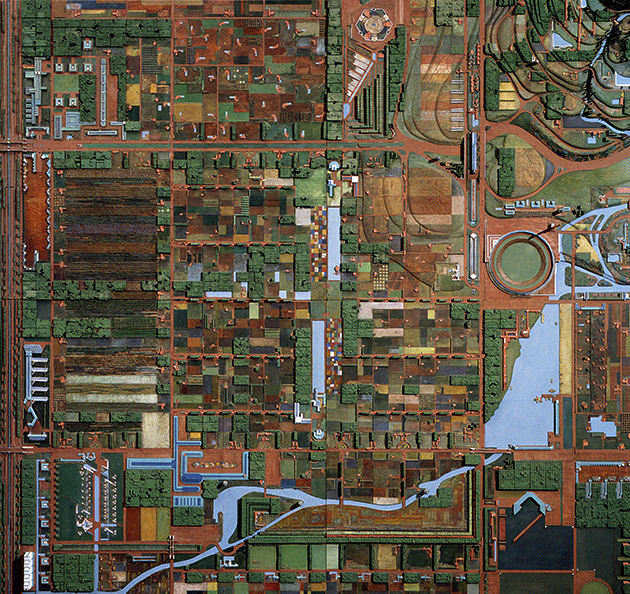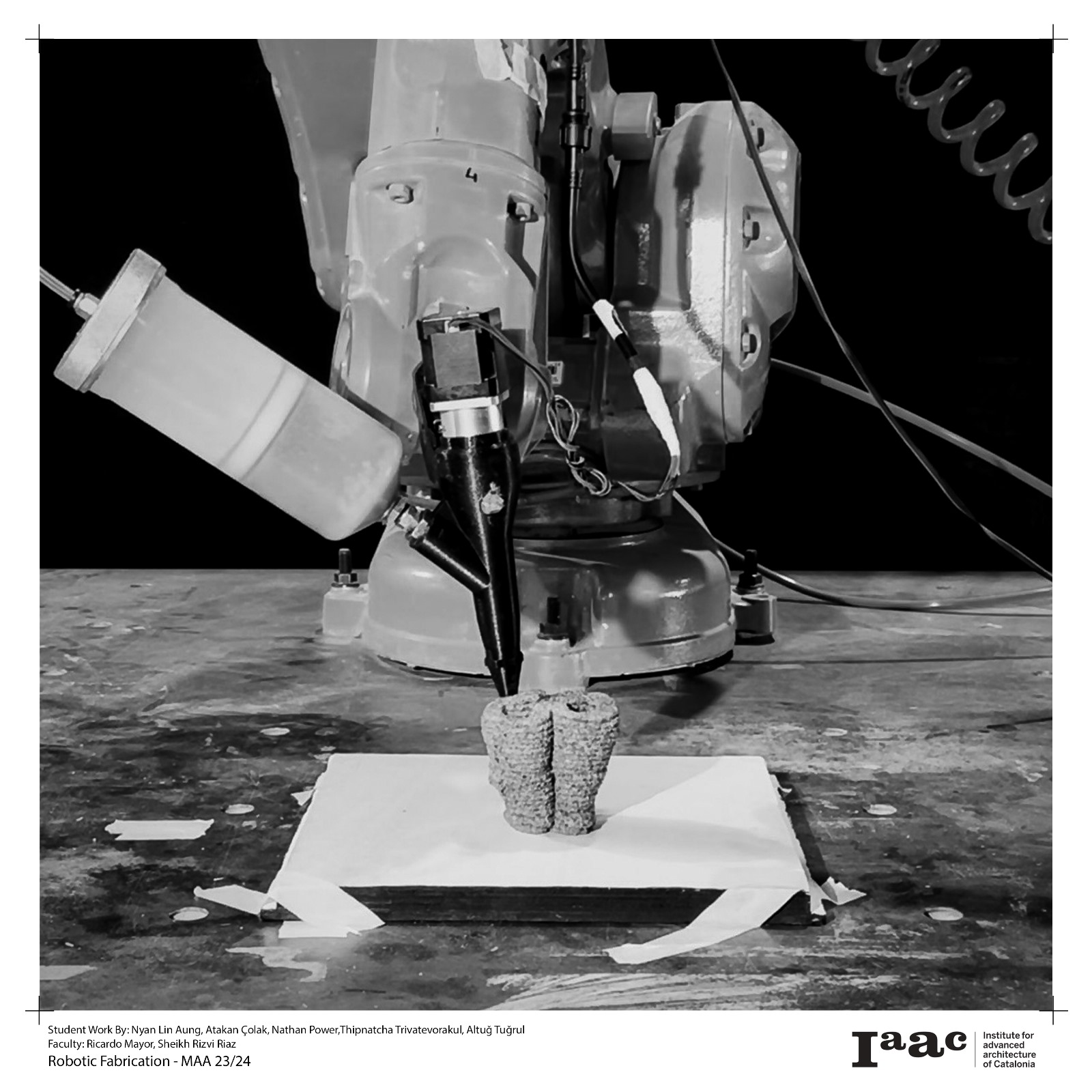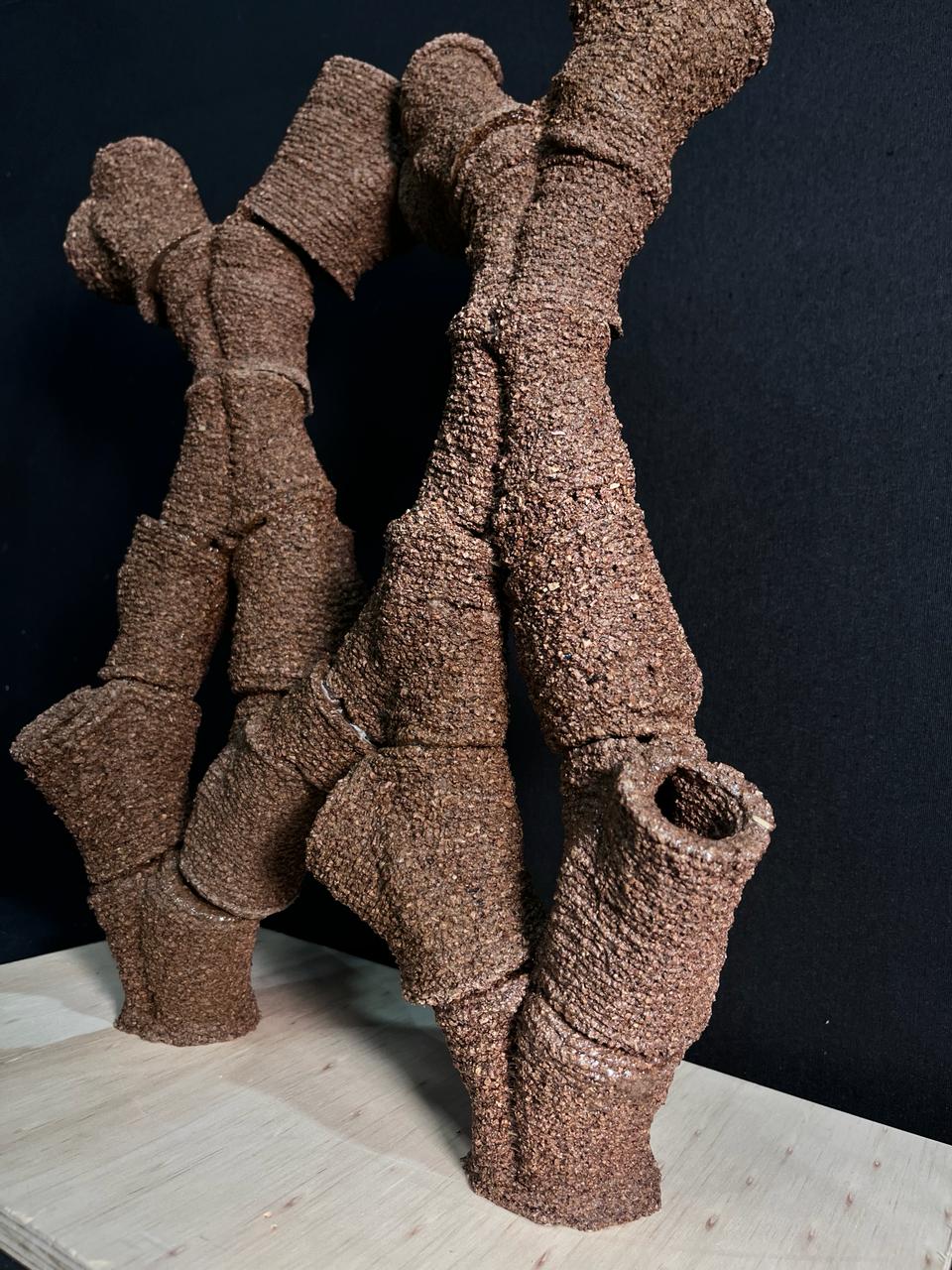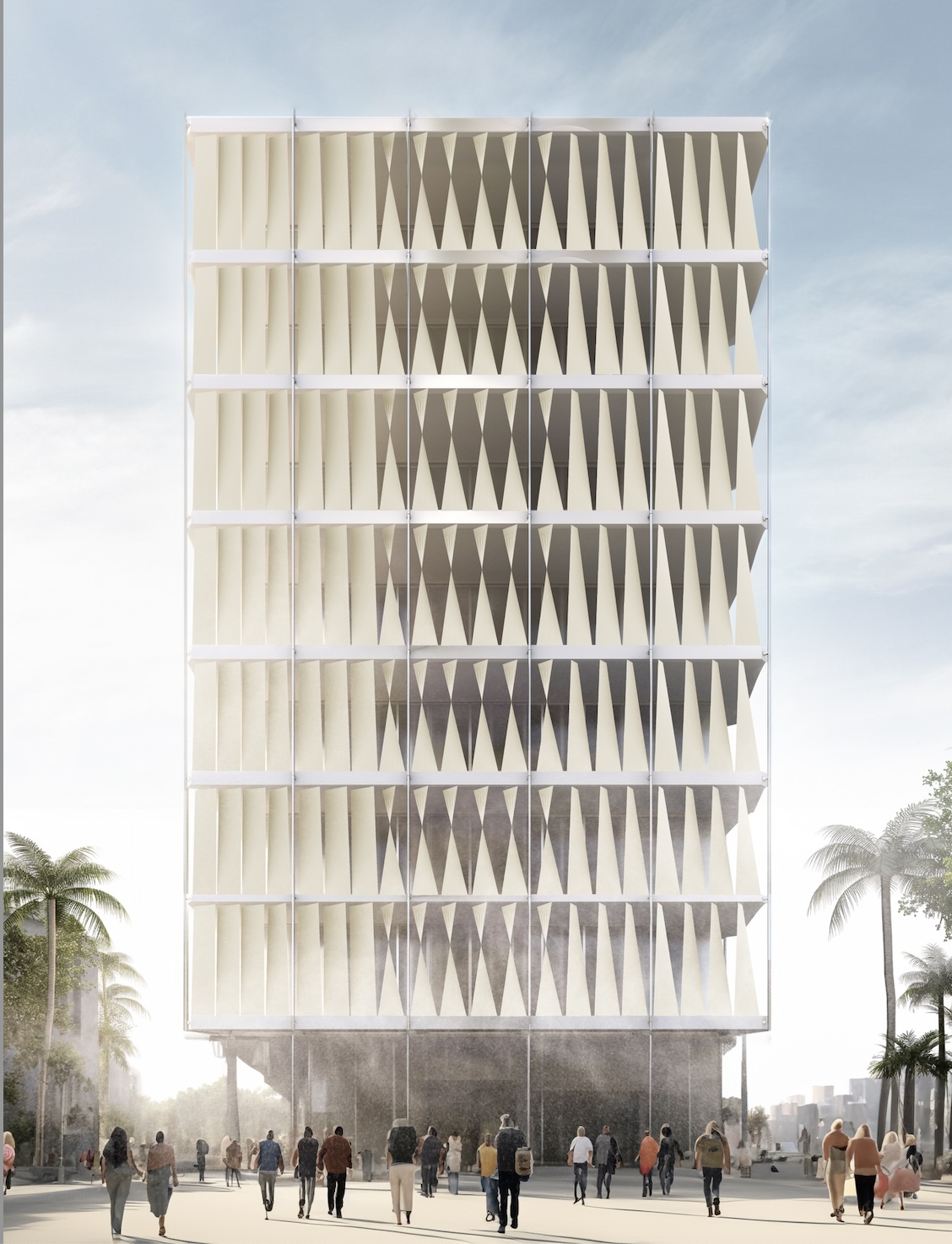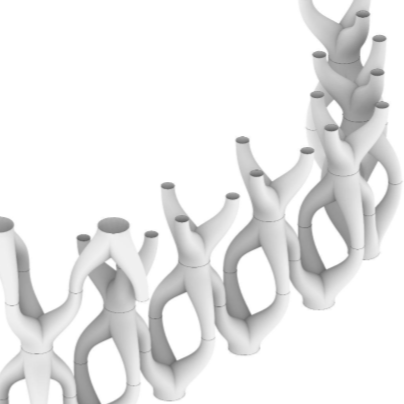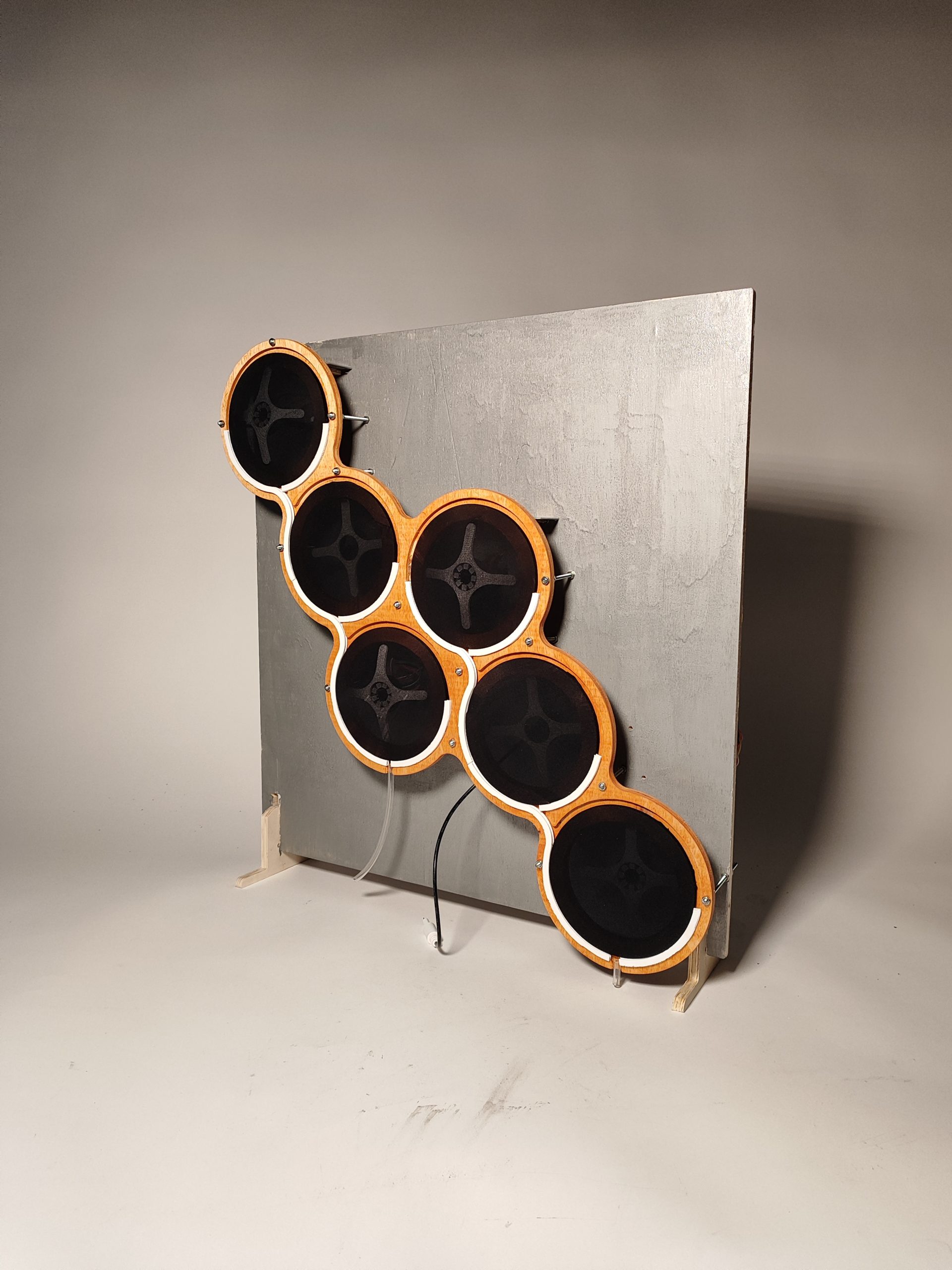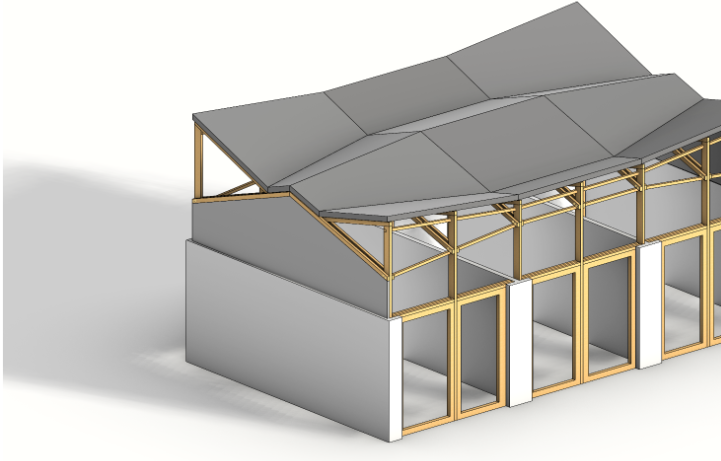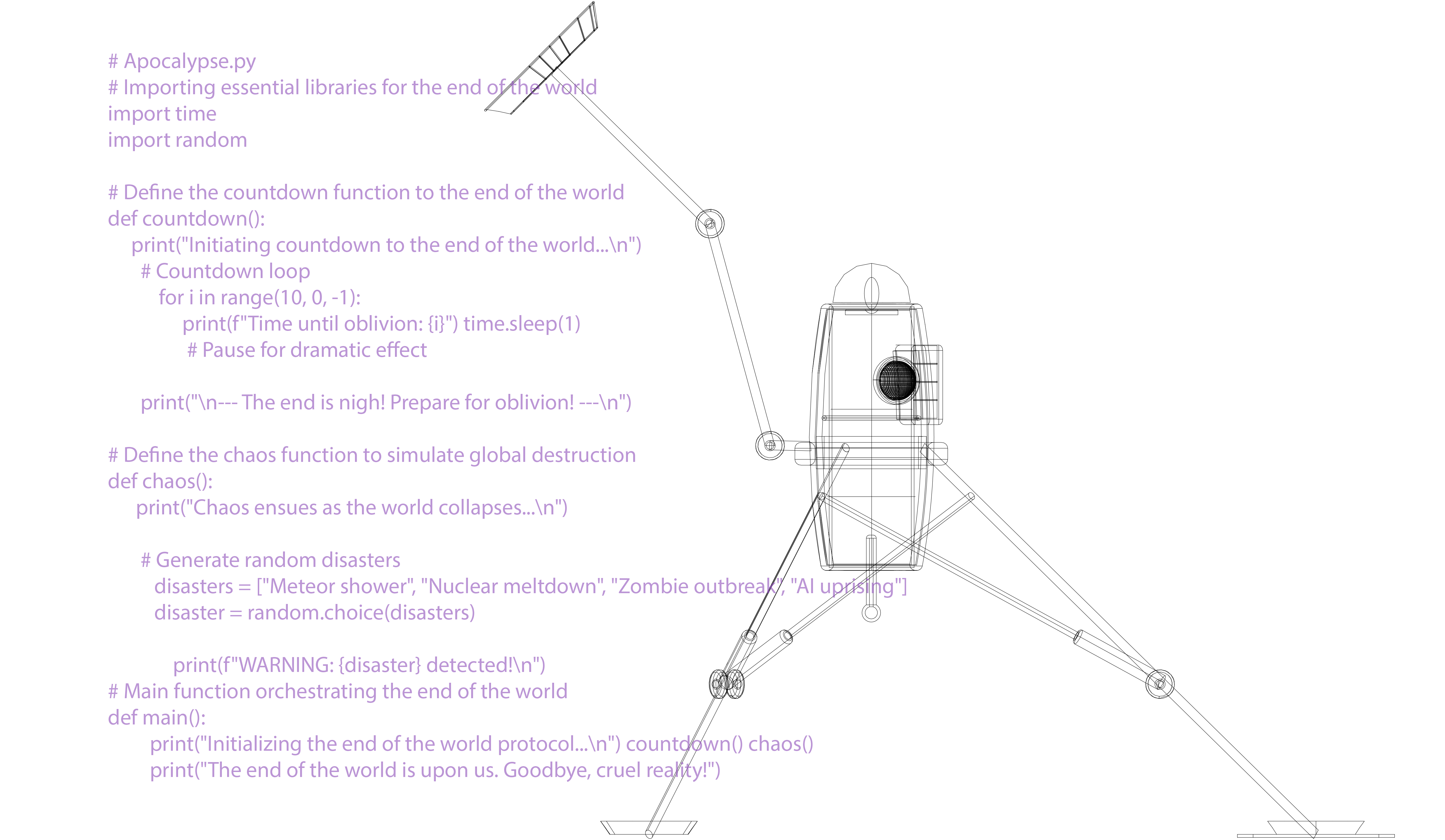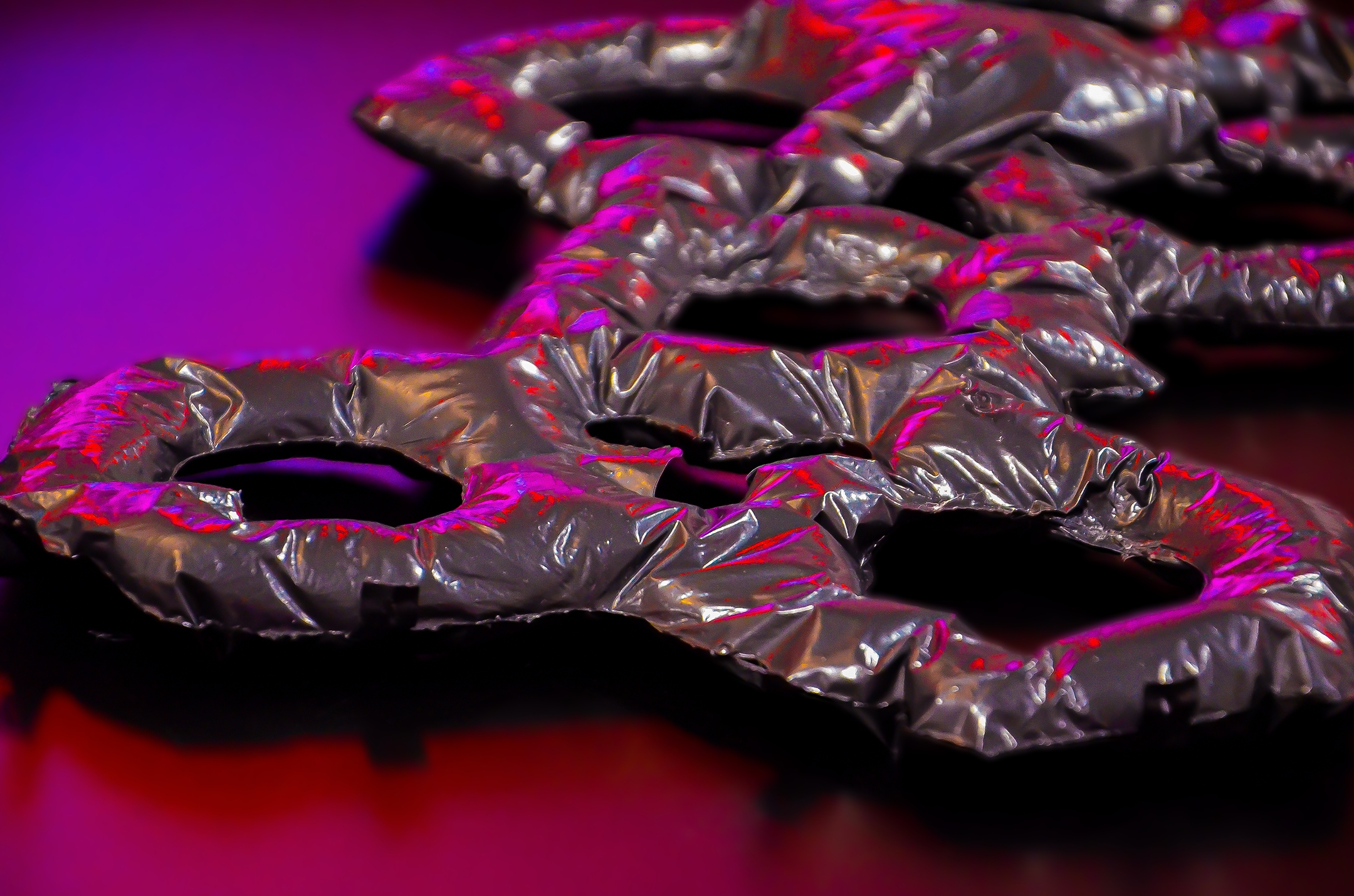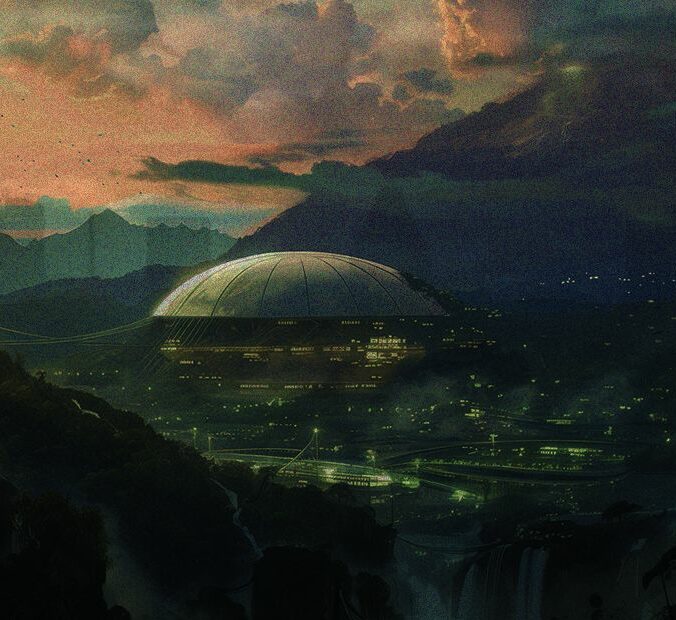BROADACRE CITY
By Frank Lloyd Wright Broadacre City, conceived by architect Frank Lloyd Wright in the early 20th century, stands as a revolutionary urban development concept distinguished by its decentralized planning approach. At its core, each family is granted an acre of land, fostering a profound sense of self-sufficiency and individual autonomy. This visionary design emphasizes pedestrian-friendly … Read more

